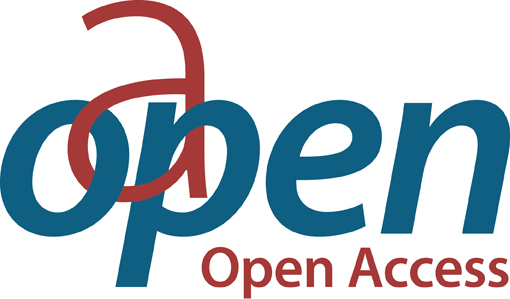Chapter Artigianato digitale
| dc.contributor.author | Granelli, Andrea | |
| dc.date.accessioned | 2024-12-20T12:30:28Z | |
| dc.date.available | 2024-12-20T12:30:28Z | |
| dc.date.issued | 2024 | |
| dc.identifier | ONIX_20241220_9791221503197_97 | |
| dc.identifier.issn | 2704-5919 | |
| dc.identifier.uri | https://0-library-oapen-org.catalogue.libraries.london.ac.uk/handle/20.500.12657/96301 | |
| dc.language | Italian | |
| dc.relation.ispartofseries | Studi e saggi | |
| dc.subject.classification | thema EDItEUR::N History and Archaeology::NH History::NHB General and world history | |
| dc.subject.other | Craftmanship | |
| dc.subject.other | Digital | |
| dc.subject.other | Maker | |
| dc.subject.other | Innovation | |
| dc.title | Chapter Artigianato digitale | |
| dc.type | chapter | |
| oapen.abstract.otherlanguage | The figure of the craftsman, contrary to common opinion, has always represented the tradition that is constantly renewed. Today this figure is even more an expression of contemporaneity, where customization, regeneration and recycling, being at “zero kilometer” and above all the need to build their own work tools to be even more productive and better quality are a fundamental aspect of the new production. A maxim – attributed to a famous advertiser – reads in fact “enough is not enugh” and reiterates this real obsession with things well don. And young people are also rediscovering this world: from the phenomenon of makers to the figure of chef, a real food artisan. In particular, digital has drawn a lot from artisan culture: from the construction of fast programming tools to the very concept of repair – renamed software maintenance. | |
| oapen.identifier.doi | 10.36253/979-12-215-0319-7.170 | |
| oapen.relation.isPublishedBy | bf65d21a-78e5-4ba2-983a-dbfa90962870 | |
| oapen.relation.isbn | 9791221503197 | |
| oapen.series.number | 257 | |
| oapen.pages | 7 | |
| oapen.place.publication | Florence |

